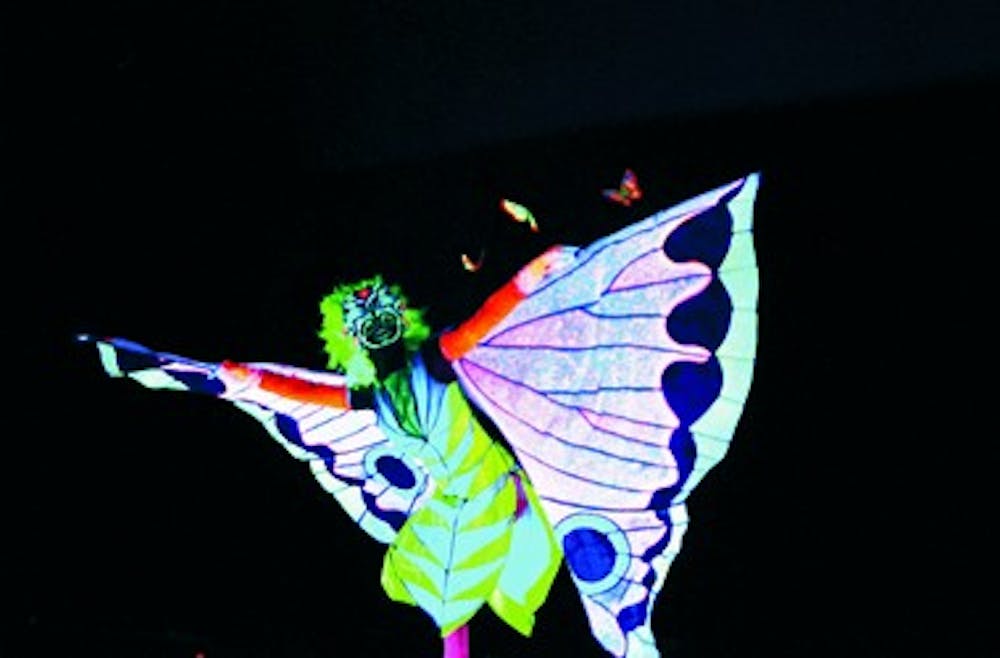Though many people enjoy going to arts performances and exhibitions at Penn, few may realize just how important the arts are to the West Philadelphia economy.
“Arts and Cultural organizations not only strengthen the vitality of our community but also add tremendous resources back into the local economy,” Matt Bergheiser, executive director of the University City District, wrote in an e-mail.
Because of the integral role arts play in supporting the community, a major concern is whether they will continue to thrive in the face of spending cutbacks, both by performance groups and by audiences.
“The creative economy is one we must carefully nurture even in these tough economic times,” Bergheiser wrote.
Last year, he wrote, audiences attending performances or events at University City arts organizations generated more than $20 million in spending, excluding ticket sales. The largest segment of that total — $6,661,839 — was spent on meals before or after events, according to the 2009 University City Report Card.
Eating out is “a perfect and fun way to hang out before the show,” explained Wharton sophomore Allison Norman, who recently went to Beijing with friends before seeing Mask and Wig’s fall program, “Conquistadora the Explorer.”
Norman noted that staying close to campus is often more convenient than going downtown and said she wishes there were more places like that by campus.
Besides bringing in revenue to restaurants and stores, expenditures by arts organizations and their audiences created 1,574 full-time jobs.
“The arts are employers, producers and consumers that invest in salaries, supplies, services and materials,” Executive Vice President Craig Carnaroli wrote in an e-mail.
According to Tony Sorrentino, spokesman for the Office of the Executive Vice President, Penn arts groups contribute to the local economy in two ways: by attracting crowds to the area and by marketing Penn events to the larger Philadelphia community through the Philly Fun Guide, an e-mail discount waiver on arts and culture events.
The millions that audiences spent on dining and shopping, among other activities, is “illustrative that the arts are an underpinning of University City’s economy,” Carnaroli wrote.
Director of Platt Student Performing Arts House Ty Furman said that over his thirteen years at Penn, “arts and culture has been a big part of revitalizing West Philadelphia.”
Last year, student groups gave away over 400 free tickets to about two dozen agencies, such as the Autism Society and the Boys and Girls Club.
This, in turn, freed up money that those people would have spent on tickets, Furman explained, enabling them to potentially spend it on something like a meal before the show.
“Rarely does someone going to an arts event without spending money somewhere else — everything from parking to food to snacks at the event,” Furman said.
Off campus, Furman cited how “the 40th Street corridor has really blossomed in the last few years,” with the Artist in Residence program on 40th and Chestnut streets playing a major role in that development.
Penn administrators highlighted the significance of a vibrant arts scene for both the Penn and Philadelphia economy.
Local arts performances are among the things that “make University City a great place to live and to work,” University President Amy Gutmann said.
“It also makes Penn a more educated campus,” she added.
This is part of the rationale behind Penn’s Arts and the City theme for the school year.
“The more traffic we can drive to West Philly and Penn through the arts, the better the whole community will be,” Furman said.



